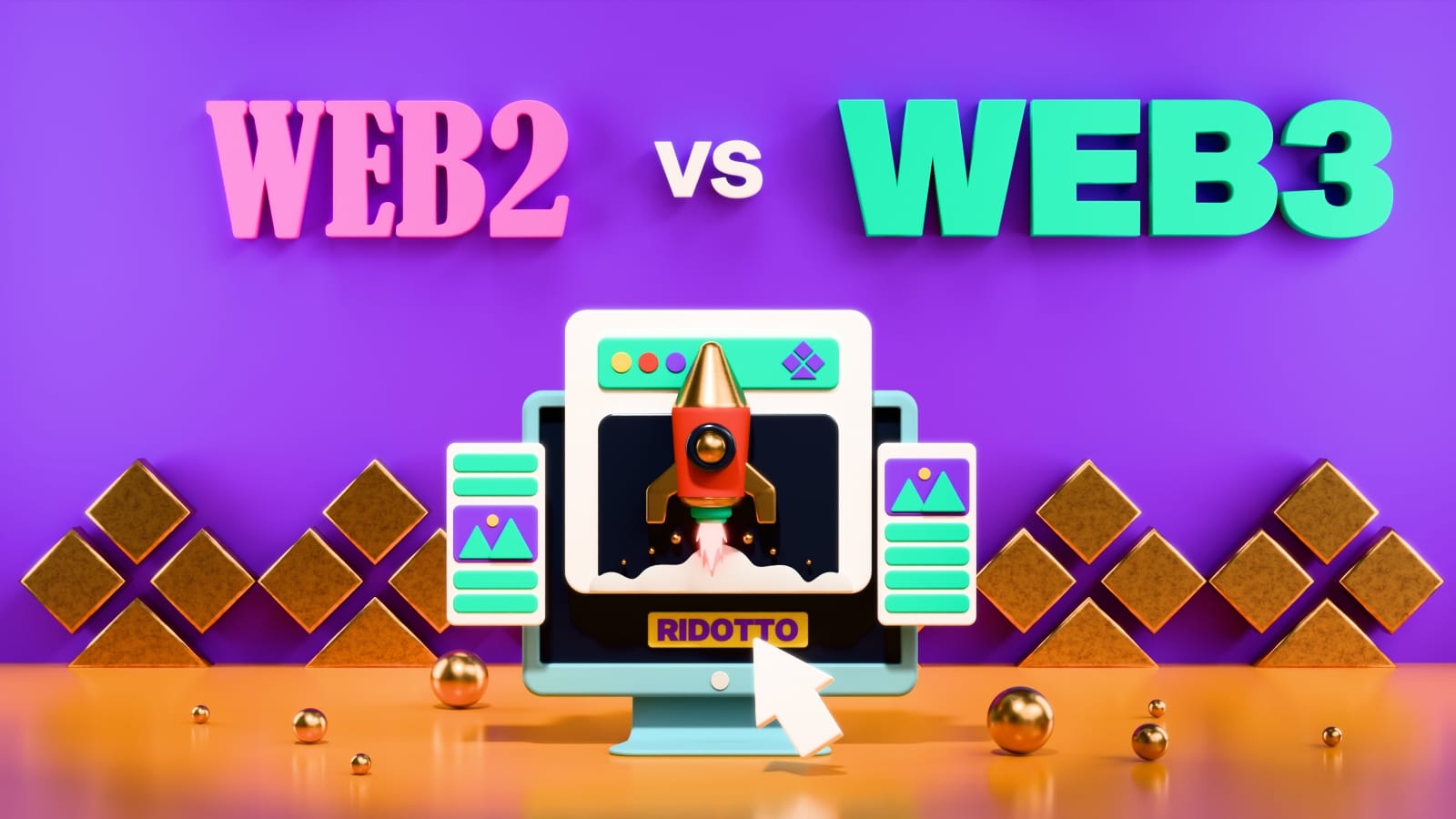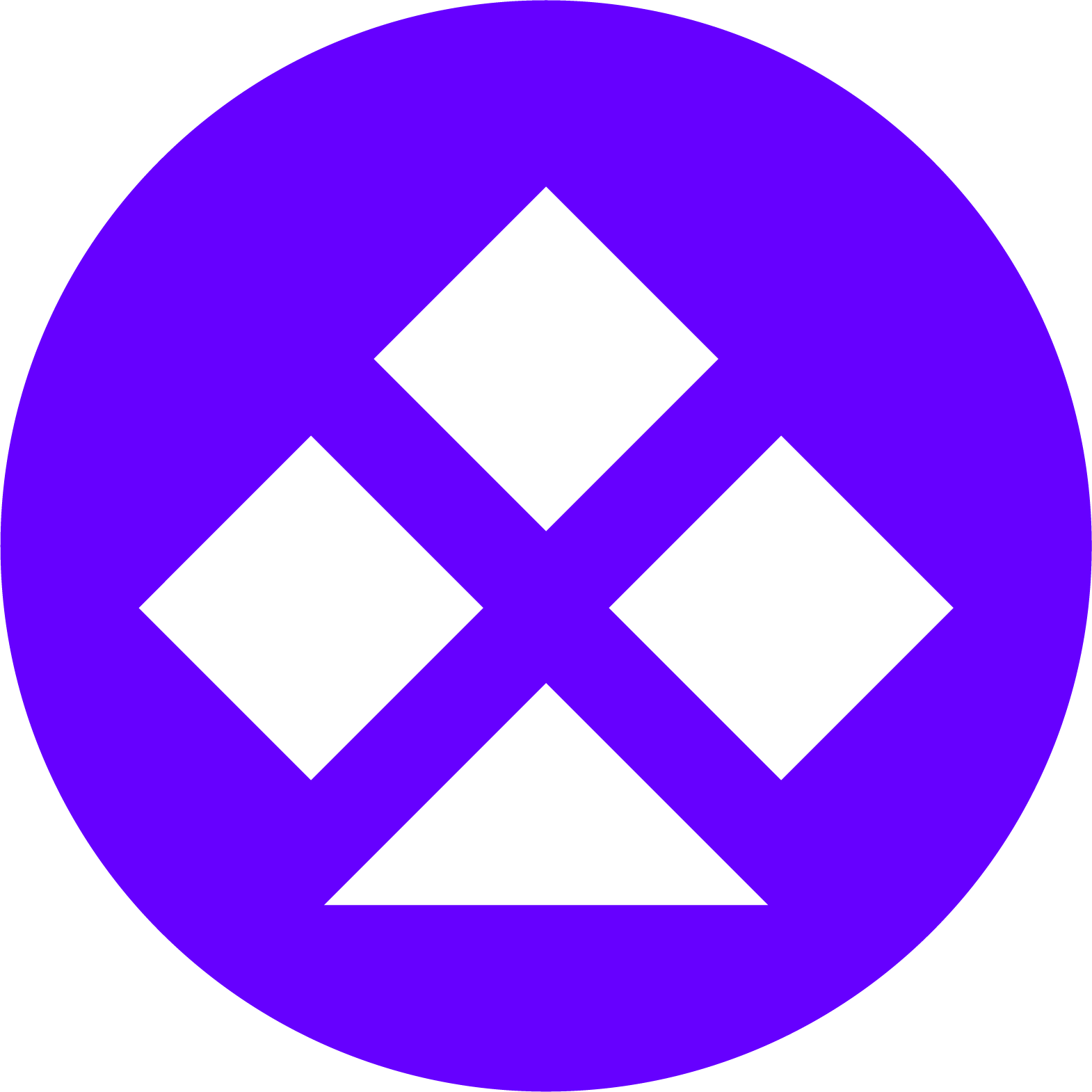What's Difference Between Web2 and Web3?

The internet is evolving. For many, it started as a static repository of information in the 1990s, grew into a dynamic, interactive space during the 2000s, and is now transforming once again. This new phase of the internet is called Web3, and it’s a fundamental shift in how we use, control, and benefit from the internet. But what exactly differentiates Web2 from Web3? And more importantly, why should you care?
In this post, we'll break down the core differences between Web2 and Web3, explore their technological underpinnings, and discuss what this means for users, developers, and industries like online gaming and decentralized casinos.
Understanding Web2: The Current Internet
What is Web2?
Web2, sometimes referred to as the "social web," is the version of the internet most people are familiar with today. It's interactive, user-generated, and heavily dominated by centralized platforms.
Key Characteristics of Web2
- Centralization: Most of the power is held by a few major tech companies like Google, Facebook, Amazon, and Apple.
- User-Generated Content: Platforms like YouTube, Instagram, and Twitter thrive on content created by users.
- Monetization via Ads and Data: Companies make money by collecting and selling user data, or by running targeted advertisements.
- Platform Control: If a platform bans you, you lose access to your audience, content, and revenue.
Pros of Web2
- Easy to use and accessible.
- Mass adoption and infrastructure are mature.
- Rich ecosystem of tools and applications.
Cons of Web2
- Users don't own their data.
- Censorship and de-platforming are common.
- Monetization often benefits platforms more than creators.
Enter Web3: The Decentralized Future
What is Web3?
Web3 refers to a decentralized version of the internet built on blockchain technology. Instead of centralized platforms controlling your data and access, Web3 aims to distribute ownership and governance among users.
Core Technologies of Web3
- Blockchain: A decentralized ledger that records transactions and activities in a transparent and immutable way.
- Smart Contracts: Self-executing code that runs on blockchains, enabling trustless interactions.
- Cryptocurrencies: Digital assets used for transactions, governance, and incentivization within decentralized networks.
- Decentralized Applications (dApps): Apps that run on peer-to-peer networks rather than centralized servers.
Key Principles of Web3
- Decentralization: No single point of failure or control.
- User Ownership: Users control their data, identity, and assets.
- Interoperability: Platforms and protocols work together across ecosystems.
- Tokenization: Assets and rights can be tokenized, traded, and used across platforms.
Comparing Web2 and Web3
Web3 in Action: The Rise of Decentralized Casinos
One of the most exciting use cases of Web3 is in online gambling and gaming. Traditional online casinos operate in a Web2 model—centralized servers, opaque operations, and limited player control. Web3 changes that.
What is a Decentralized Casino?
A decentralized casino uses blockchain technology and smart contracts to offer transparent, trustless gaming. Players can verify the fairness of games, hold custody of their funds, and even participate in governance.
Benefits of Web3 Casinos like Ridotto
- Transparency: Every game and transaction is recorded on-chain.
- Trustless Systems: No need to trust a third-party operator.
- Token Incentives: Players and developers can earn through tokenized economies.
- Community Governance: Users can vote on platform updates and policies.
- Global Accessibility: No central authority to restrict access.
The User Experience Shift
Web2 UX
- Smooth onboarding with familiar login systems.
- Seamless integration of payments via credit cards or platforms like PayPal.
- Centralized customer support.
Web3 UX
- Requires blockchain wallet setup (e.g., MetaMask).
- Users manage their own private keys and assets.
- Interacting with dApps can have a steeper learning curve.
While Web3 still faces adoption hurdles, its rapid development and community-driven innovation are making strides in usability.
Risks and Challenges of Web3
Scalability
Blockchains can face issues with speed and transaction fees, though solutions like Layer 2 networks (e.g., Optimism, Arbitrum) aim to solve this.
Regulation
Governments are still catching up, and regulatory clarity is essential for mass adoption.
User Education
Understanding how wallets, private keys, and smart contracts work is vital. There's a steep learning curve, but one that can be overcome with proper onboarding tools.
Why Web3 Matters
Web3 is more than just a buzzword—it's a movement toward a fairer internet. It reimagines digital ownership, identity, and community. For industries like gaming, it offers a new level of transparency and player empowerment.
If you value privacy, control, and the ability to participate in shaping the platforms you use, Web3 is worth your attention.
Conclusion
Web2 brought us social media, e-commerce, and streaming. It connected the world but also centralized power. Web3 promises to return that power to users. It’s not without its challenges, but it’s a paradigm shift that’s already underway.
At Ridotto, we’re excited to be at the forefront of this transformation. As a decentralized casino built for the Web3 era, we believe in transparency, fairness, and community-driven innovation.
Stay tuned to our blog as we continue to explore the evolving landscape of Web3 and what it means for the future of online entertainment.

